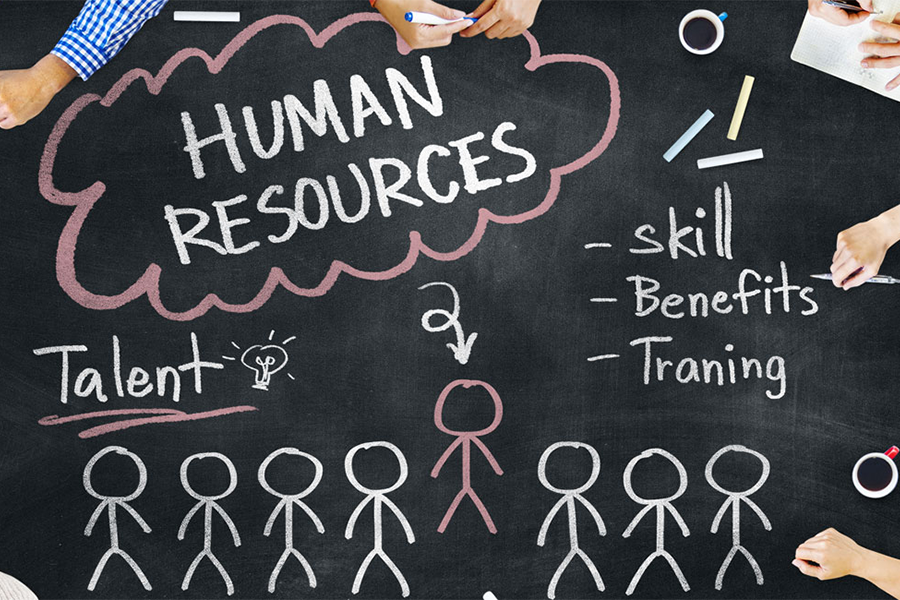
Employee burnout has become a major concern for organizations, as it affects every aspect of the workplace, from productivity to retention. Stress plays a significant role in employee burnout, as chronic stressors can overwhelm an individual, leading to burnout over time. Being able to identify and address burnout is essential for the health and success of an organization. These employee burnout statistics give you insight on the causes of employee stress and frustration.
Key Takeaways:
- Women are more prone to burnout than men.
- The number of workers experiencing stress is increasing annually.
- Microstress is more dangerous than stress.
General Burnout Statistics
1. 77% of US workers are stressed with their jobs.
According to LinkedIn, stress is becoming a corporate killer with 77% of US employees having experienced burnout in their jobs. According to the report, excessive work, the lack of resources to accomplish their work, and the limited freedom in decision making are some of the causes of burnout.
(LinkedIn)
2. The number of workers who are stressed is increasing every year.
Gallup’s State of the Global Workforce report shows that the number of workers feeling stressed the day before the survey is increasing—38% from 2019 to 44% in 2022. The report also showed that this has been ongoing for over a decade and started to rise even further during the pandemic.
(Gallup)
3. Managers are one of the primary factors of employee stress.
Gallup found out in its State of the Global Workplace survey that although employees are more engaged, they are also more stressed. The report also found that managers play a significant role in the stress employees experience.
(Gallup)
4. Microstress causes burnout more than stress.
Microstress, according to HBR, is the small moments of everyday stress from the interactions you have with your colleagues. For example, the more points of interaction the employee has or the more tools they use, the more they are exposed to microstress. This type of stress might seem insignificant—but if left unchecked, it can become dangerous.
(Harvard Business Review)
5. Mismatches between people and their job are the source of chronic stress.
In this book, researchers identified the six areas where mismatch between the employee and their job position are the primary causes of chronic stress in the workplace. According to the researchers, these six mismatches include:
- Lack of control
- Work overload
- Inequity at work
- Not enough benefits
- Breakdown of community
- Value conflicts
(The Burnout Challenge)
Burnout by Industry
6. The agriculture industry has the highest level of employee burnout.
Agricultural workers have taken the No. 1 spot of the most burnt out workers, a spot which was occupied by K-12 teachers in 2022. Meanwhile, the finance and telecommunications sectors occupy the second and third spot for the industries with high levels of burnout. Below is a graph of the top 10 most stressful industries in 2023.
(Ringover)
7. 49% of doctors report burnout.
A new report published on the Chief Healthcare Executive showed that almost half of the physicians reported burnout. Out of this 49%, 83% said that the cause of the burnout is related to their jobs. The report also said that paperwork and other bureaucratic tasks are the leading cause of burnout among doctors. The other reasons include:
- Long working hours
- Lack of respect from administrators and colleagues
- Not enough compensation
(Chief Healthcare Executive)
8. Around 2 in 5 tech workers show high levels of burnout.
The State of Burnout in Tech reported the adverse effects of burnout to tech workers. 42% of tech workers say they are considering leaving their jobs in the next six months, while 43% said that they stopped studying for a certification exam because of too much workload.
(State of Burnout in Tech)
Burnout by Gender
9. 46% of women are at a greater risk of burnout than men.
When it comes to gender, women are more prone to burnout compared to men (37%). Furthermore, working moms are more likely to suffer burnout than working dads. While there is no single reason why burnout is more likely to occur in women, experts say that the factors that contribute to burnout may vary. However, different research shows that women face unique challenges, such as discrimination, gender-based expectations, and the likelihood of juggling multiple roles at work and at home.
(CNBC)
10. Female physicians (56%) are more likely to say they are burnt out than men (44%).
While the report did not point out any specific reason why there are more women doctors who felt burnt out, it pointed out that the number dropped compared to the 2023 survey which is 63%.
(National Institute of Health)
Burnout by Demographic
11. 85.23% of workers in the 18-24 age group are the most who experienced burnout.
In a survey conducted among 1,000+ US employees, Ringover found that the younger generation (Gen Z) are the most likely to experience burnout. Among this age group, around 78% say that they are contemplating leaving their current job.
(Ringover)
12. Gen Zs and millennials experiencing burnout are increasing.
Deloitte’s 2023 Gen Z and Millennial Survey showed that the number of Gen Zs and millennials experiencing burnout are increasing—from 46% in 2022 to 52% in 2023 among Gen Zs and 45% in 2022 to 49% in 2023 among millennials.
(Deloitte)
Burnout and Productivity
13. 57% of US workers experience the negative impact of work-related stress.
Some of the negative impacts the workers feel include emotional exhaustion, feeling unmotivated, low productivity, and a desire to quit. Furthermore, up to 40% of workers say they are not getting the breaks or time off they need.
(American Psychological Association)
14. Ineffective processes and systems are the top drivers of employee burnout.
In a survey conducted by Qualtrics, 38% of employees show burnout symptoms, and the top driver of this is because the processes and systems in their workplace are ineffective. These factors have not only caused stress but have affected productivity.
(Qualtrics)
Burnout and Absenteeism
15. Stress is the main reason for 79% of absences at work.
Stress, along with other mental health issues, are the primary reasons for high absenteeism rates. In another report by SHRM, stress or mental-related leaves are up to 33% in 2023. Out of these leaves, 69% of these leaves and absences are taken by women.
(CIPD)
16. 47% of overtime work is used to cover absences.
Absenteeism caused by burnout has cost organizations both time and money. According to TeamSense, almost 50% of employees do overtime work because of absences.
(TeamSense)
Burnout and Employee Retention
17. 23% of workers who experience stress expressed a desire to quit.
The report said that stressed employees are more likely to leave their jobs than those who reported not feeling stressed. The same report revealed that 33% said they intend to look for a new job in the next year.
(American Psychological Association)
To learn more about burnout, here’s an in-depth guide on what employee burnout is as well as how to identify its signs and manage it.
18. Studies show that 56% of loud quitters experience more stress than engaged employees.
Stress is causing a new phenomenon to arise in the workplace—loud quitting. As opposed to quiet quitting, where workers show a lack of enthusiasm and decreased productivity in the workplace, loud quitters are more vocal about their dissatisfaction. That makes them more detrimental to an organization than quiet quitters.
According to Gallup, actively disengaged employees cost organizations all over the world around $8.8 trillion in lost productivity.
(CNBC)
Burnout and Remote Work
19. 1 in 5 remote workers say they feel burnt out.
In Buffer’s 2023 State of Remote Work Report, one out of five remote workers experiences feelings of burnout. Furthermore, 44% say that they felt like they worked more than in the previous year. Despite that, however, remote workers say that they feel more energized working more than ever.
(Buffer)
For more information about remote workers, check out our compilation of the statistics we compiled in this 20 Remote Work Statistics.
Bottom Line
Employee burnout is hazardous on a personal and organizational level. If stress is left unmanaged, it could lead to other health issues. It can also bring out other negative effects that might prove toxic to both the individual and organization. What more, it costs a lot of organizations millions of dollars in lost productivity.
References: LinkedIn, Gallup, Harvard Business Review, The Burnout Challenge, Ringover, Deloitte (Mental Health Today 2023, Gen Z and Millennial Survey, Chief Healthcare Executive, State of Burnout in Tech, CNBC (Burnout is on the rise worldwide, 1 in 5 employees are ‘loud quitting.’), American Psychological Association, Qualtrics, CIPD, Buffer, National Institute of Health, TeamSense




![behavioral-interview-topics-&-questions-[+-free-template]](https://zabollah.com/wp-content/uploads/2024/05/16707-behavioral-interview-topics-questions-free-template.jpg)